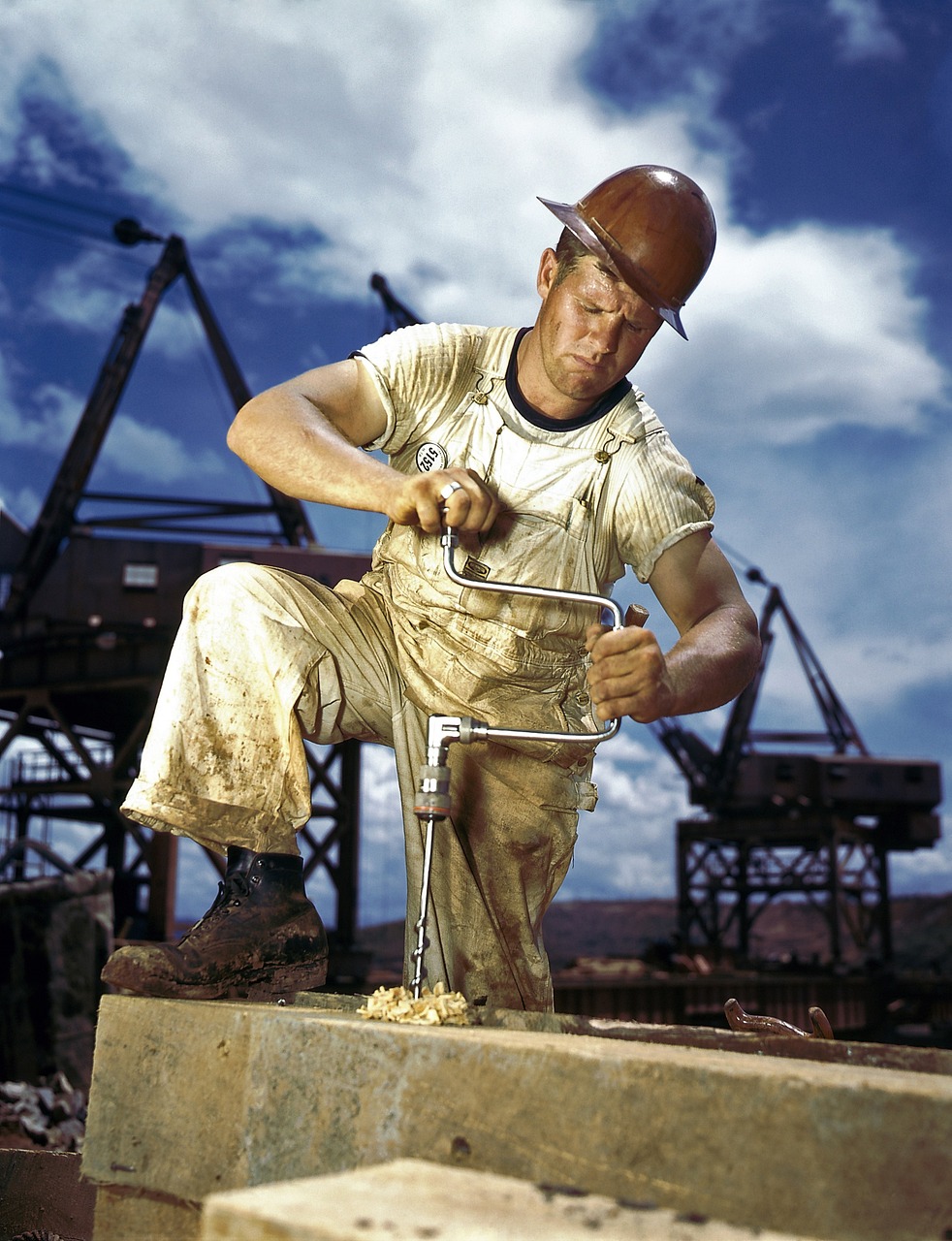Aluminum composite panels (ACPs) are widely used in modern construction for their durability, lightweight nature, and aesthetic versatility. They consist of two thin aluminum sheets bonded to a core material, offering strength without excessive weight. This combination makes ACPs an efficient solution for cladding, signage, and interior applications.
Their resistance to weather, corrosion, and easy maintenance make ACPs popular among architects and builders. The panels also allow for a variety of finishes and colors, enhancing design flexibility while maintaining structural integrity.
By understanding what aluminum composite panels are and how they function, readers can better appreciate their role in current architectural trends. This knowledge is key for anyone involved in construction, renovation, or design projects seeking efficient and reliable materials.
Understanding Aluminum Composite Panels
Aluminum composite panels (ACPs) consist of multiple layers that combine metals and plastics for specific performance characteristics. Their properties and production methods determine their strength, durability, and application potential.
Composition and Structure
An ACP typically features two thin aluminum sheets bonded to a non-aluminum core. The core material is often polyethylene (PE) or a fire-resistant mineral core. The aluminum sheets usually range from 0.2 to 0.5 mm in thickness.
The panel’s total thickness commonly varies between 3 and 6 mm. The aluminum surfaces are coated with a protective paint layer, such as PVDF or polyester, to enhance corrosion resistance and aesthetics.
This layered design balances lightweight qualities with rigidity, allowing ACPs to be both strong and flexible, suitable for exterior cladding, signage, and interior decoration.
Key Properties
ACPs offer notable durability against weathering and UV exposure due to their coated aluminum surfaces. They provide excellent flatness and smoothness, essential for modern architectural finishes.
Fire resistance depends heavily on the core material. Mineral cores provide higher fire safety compared to polyethylene cores. ACPs also have good sound insulation and thermal properties, making them suitable for façades and insulating panels.
The panels are lightweight, typically weighing around 3 to 6 kg/m², which simplifies installation and reduces structural load. They resist impact and corrosion better than single metal sheets.
Manufacturing Process
The production begins by cleaning and preparing aluminum sheets, followed by painting with a coil coating system for uniform surface finish. Next, the core material, either PE or mineral, is sandwiched between the aluminum sheets using an adhesive.
The assembly passes through rollers under heat and pressure to bond the layers firmly. The composite is then cut to size and can undergo further finishing processes, such as embossing or drilling.
Quality control checks focus on adhesion strength, flatness, paint thickness, and fire performance to ensure panels meet industry standards. This process allows for high-volume and consistent ACP production.
Applications and Advantages of Aluminum Composite Panels
Aluminum composite panels (ACPs) are adapted for diverse practical uses and offer several distinct benefits. Their versatility and durability make them valuable in many professional fields. The following details highlight where ACPs are commonly employed and why they are chosen.
Architectural Uses
ACPs are extensively used in building facades, curtain walls, and exterior cladding due to their lightweight and weather-resistant properties. They provide a sleek, modern appearance helping architects achieve clean lines and innovative designs.
The panels also support fire-retardant grades, enhancing safety in public and commercial buildings. Their easy installation reduces construction time and labor costs, making them a preferred choice for large-scale projects.
Additionally, ACPs resist corrosion and UV damage, maintaining color stability even in harsh climates. This durability ensures prolonged aesthetic appeal and reduced maintenance expenses.
Interior Design and Signage
Inside buildings, ACPs serve as wall partitions, ceiling panels, and decorative elements. They offer design flexibility with various finishes such as matte, glossy, or metallic.
In signage, the material’s smooth surface allows for high-quality printing and vibrant colors. The panels’ robustness withstands outdoor conditions, making them suitable for long-lasting advertising displays.
Their light weight eases handling and reduces structural load. This quality benefits both designers and installers, especially in retrofit or renovation projects.
Benefits and Performance
The core advantage of ACPs lies in their combination of strength and lightness. The aluminum layers bonded to a non-aluminum core create a rigid yet lightweight panel.
Key benefits include:
- Durability: Resistant to weather, UV, and corrosion
- Fire resistance: Available in fire-rated versions
- Easy fabrication: Can be cut, bent, and drilled without damage
- Low maintenance: Does not rust or require frequent repainting
- Cost efficiency: Reduces transportation and installation costs
ACPs perform well under mechanical stress, making them reliable for both indoor and outdoor applications over extended periods.


Leave a Reply